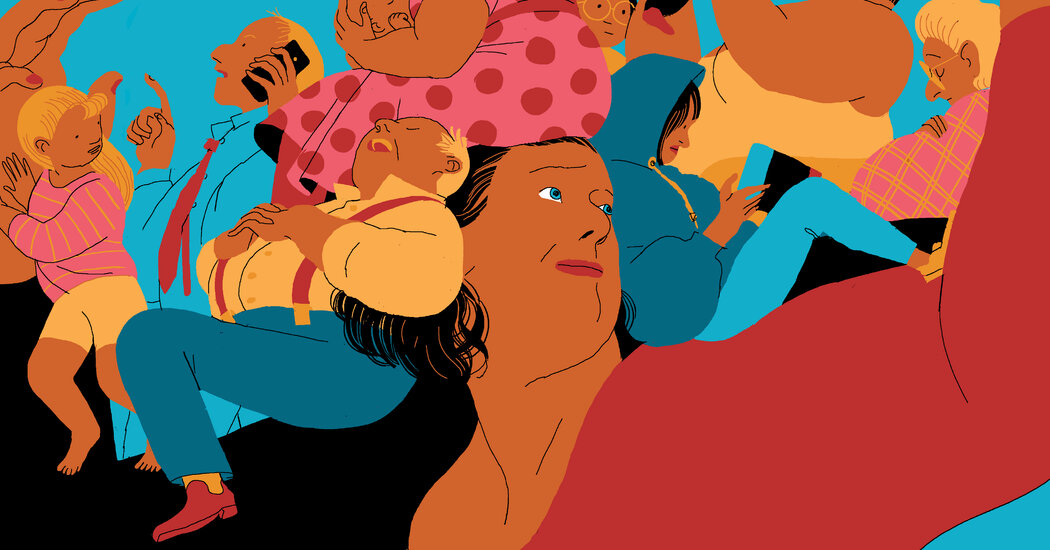“Kinkeeping” plays a crucial role in a family’s health and well-being, and it’s still predominantly done by women.
Every December when Erienne Fawcett was growing up, her rural Minnesota home transformed into a showcase of snowy miniature villages, complete with tiny reindeer and carolers.
As a child, the intricate scenes felt like “pure magic.”
It wasn’t until she was an adult that she realized her experience was the result of “hours and hours and hours of work” by her mother — all part of an elaborate effort to make Christmas special.
Eventually, Ms. Fawcett became a women and gender studies teacher at North Dakota State University, where she taught her students that this form of invisible labor, dedicated to family bonding and magic-making, has a name: kinkeeping.
References to kinkeepers began cropping up in sociology literature in the mid-20th century. Researchers defined the role as a family communicator who helped the extended group stay in touch by sharing family news and planning gatherings.
In recent decades, sociology and psychology researchers have expanded the definition to include things like creating or carrying on family traditions, buying gifts for birthdays and holidays, coordinating medical care and performing all sorts of emotional caregiving.
A kinkeeper is someone who cultivates a sense of “family solidarity or connectedness,” said Carolyn Rosenthal, a professor emeritus of sociology at McMaster University in Canada who researched kinkeeping in the 1980s. It’s someone who, in many ways, is the family glue.
